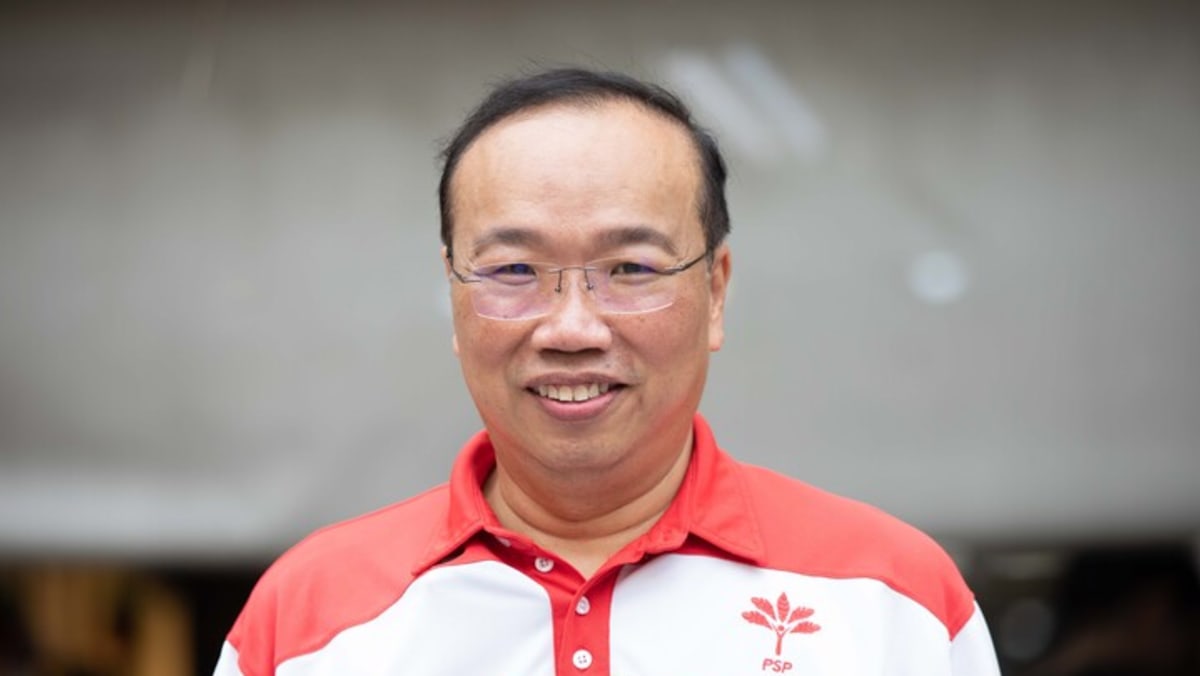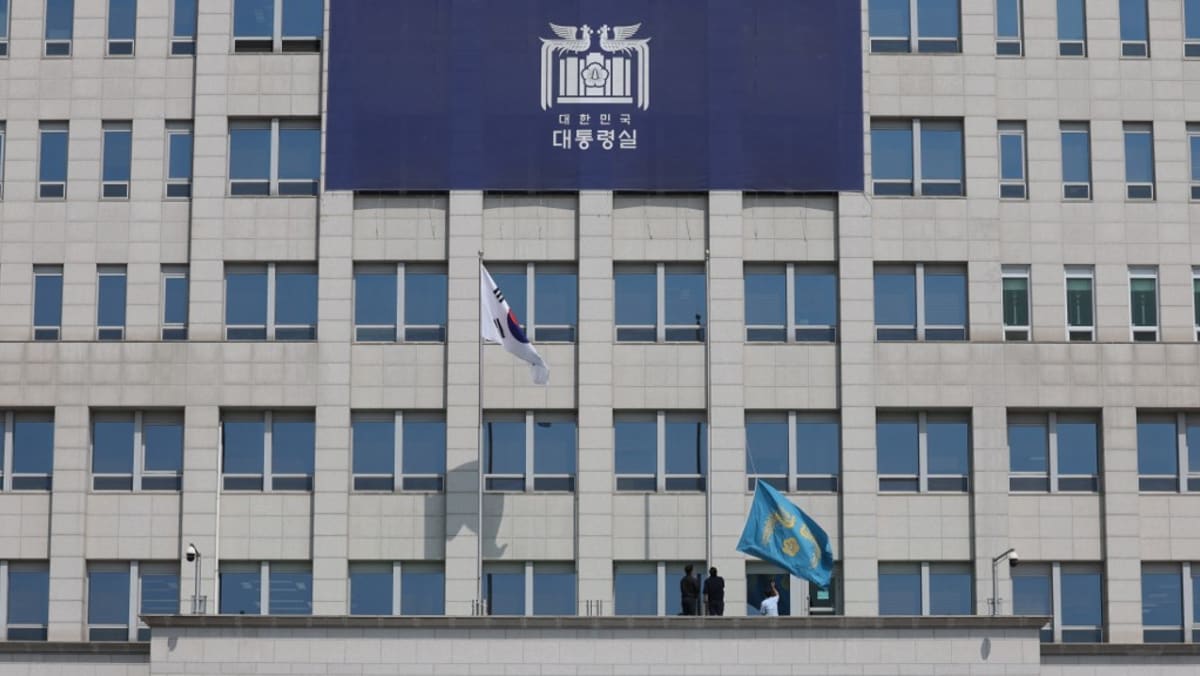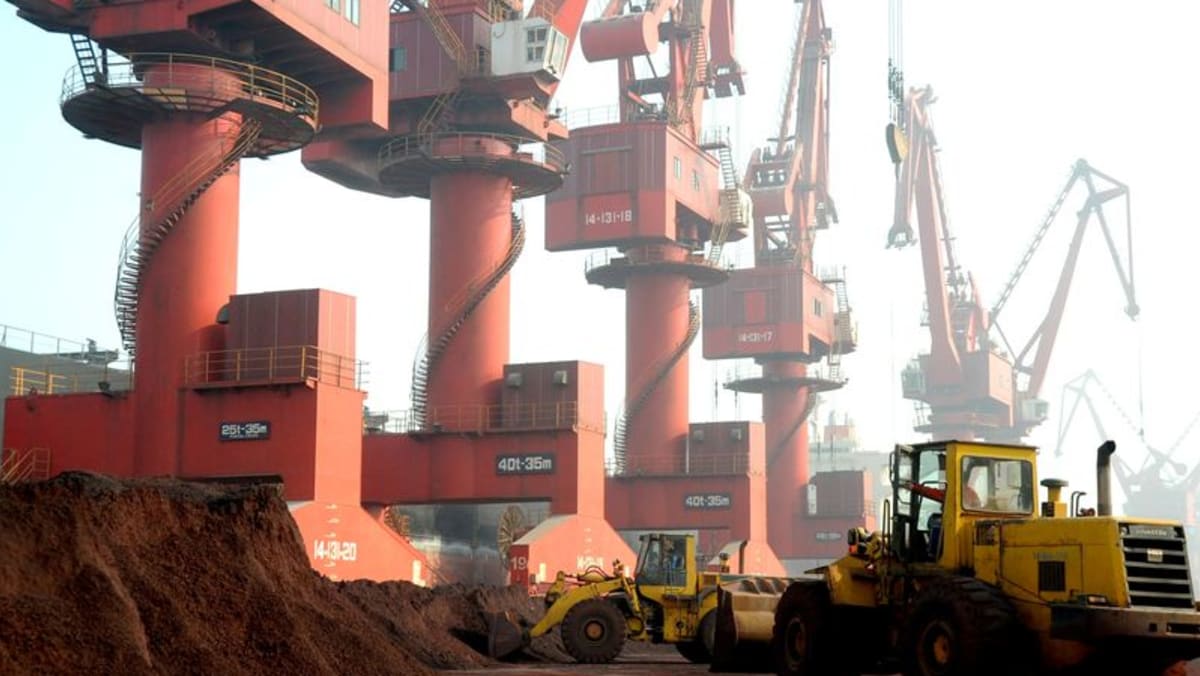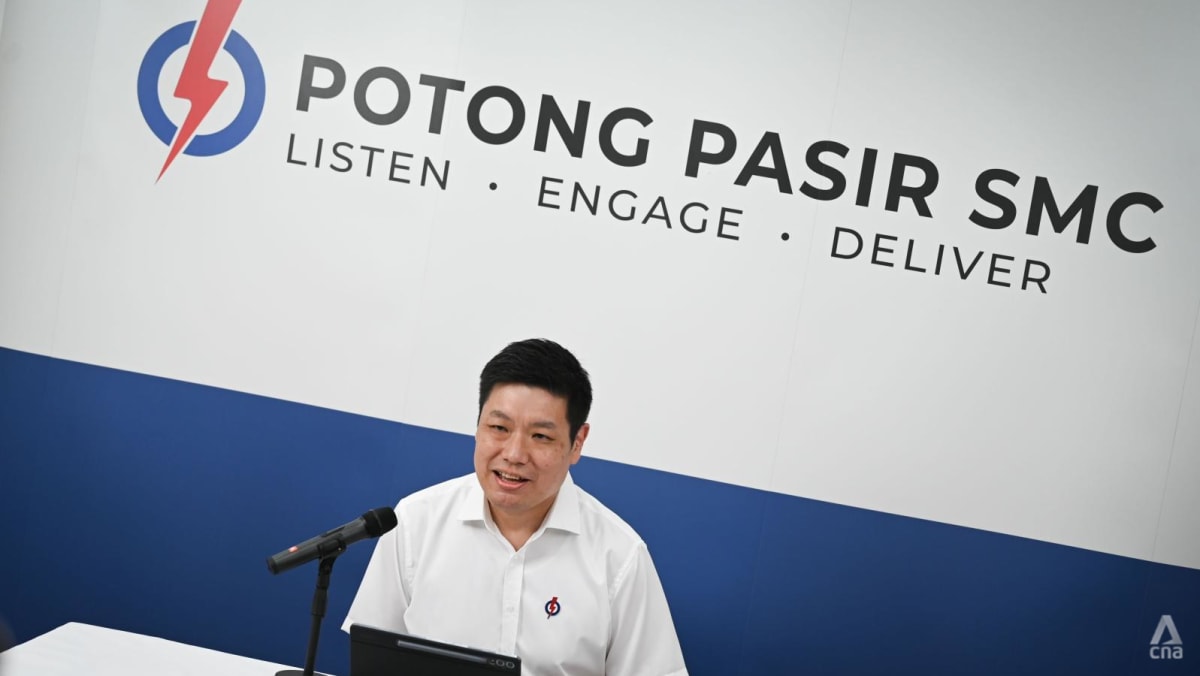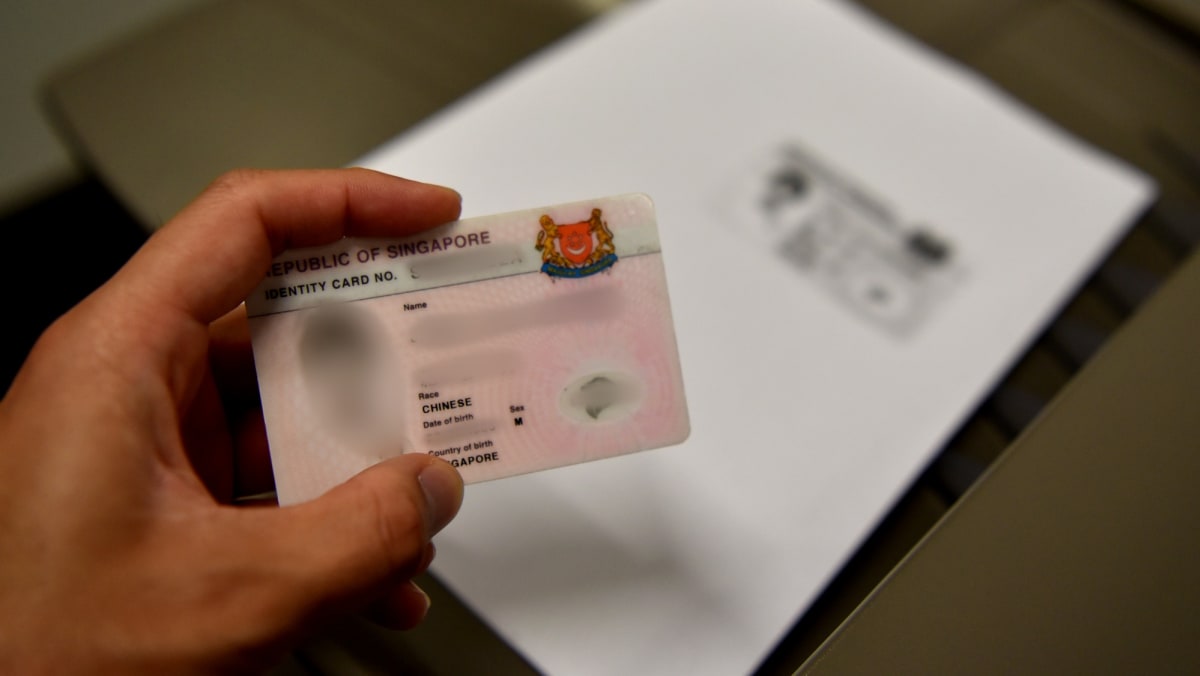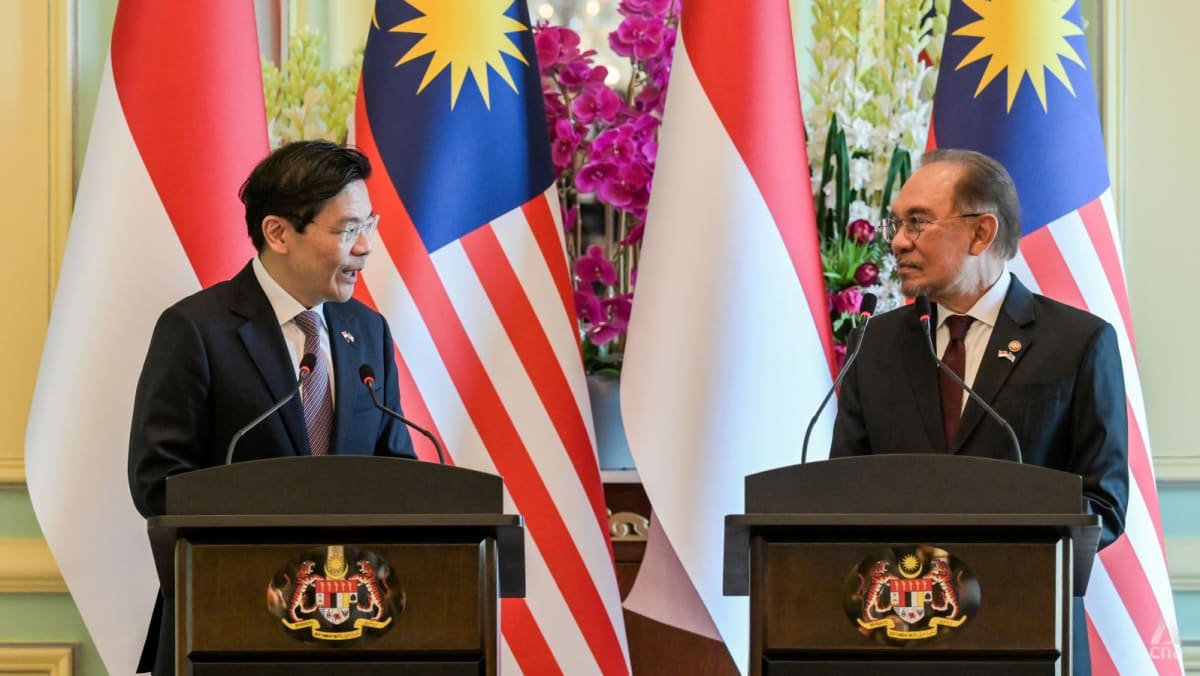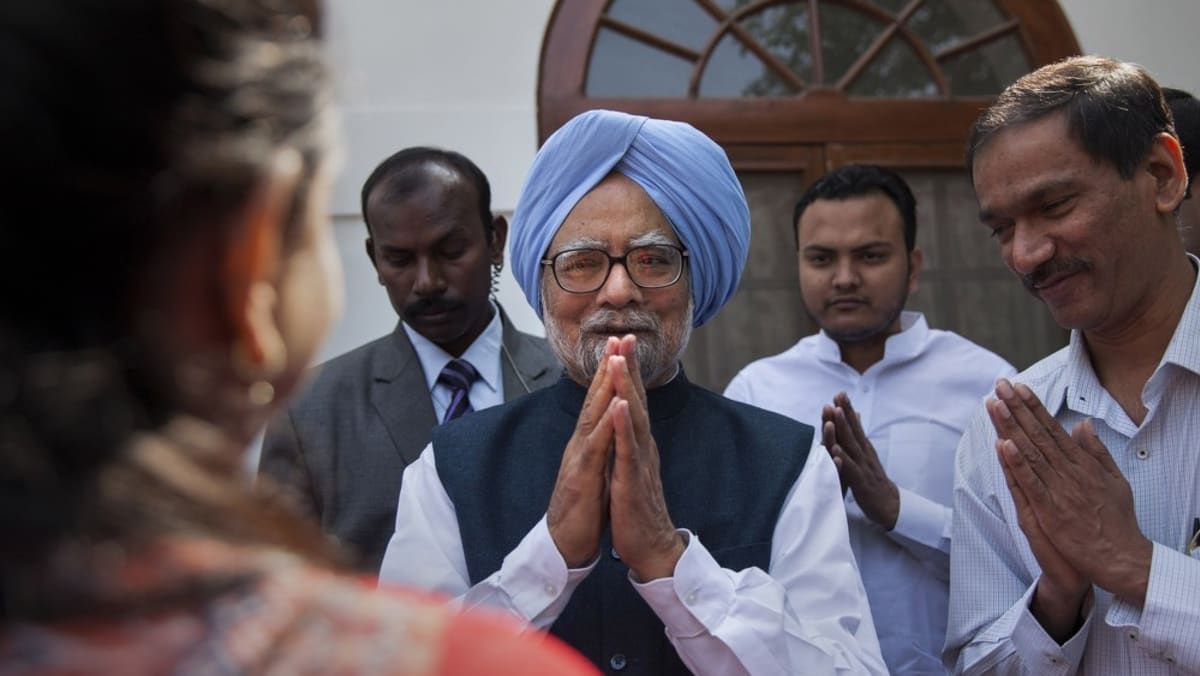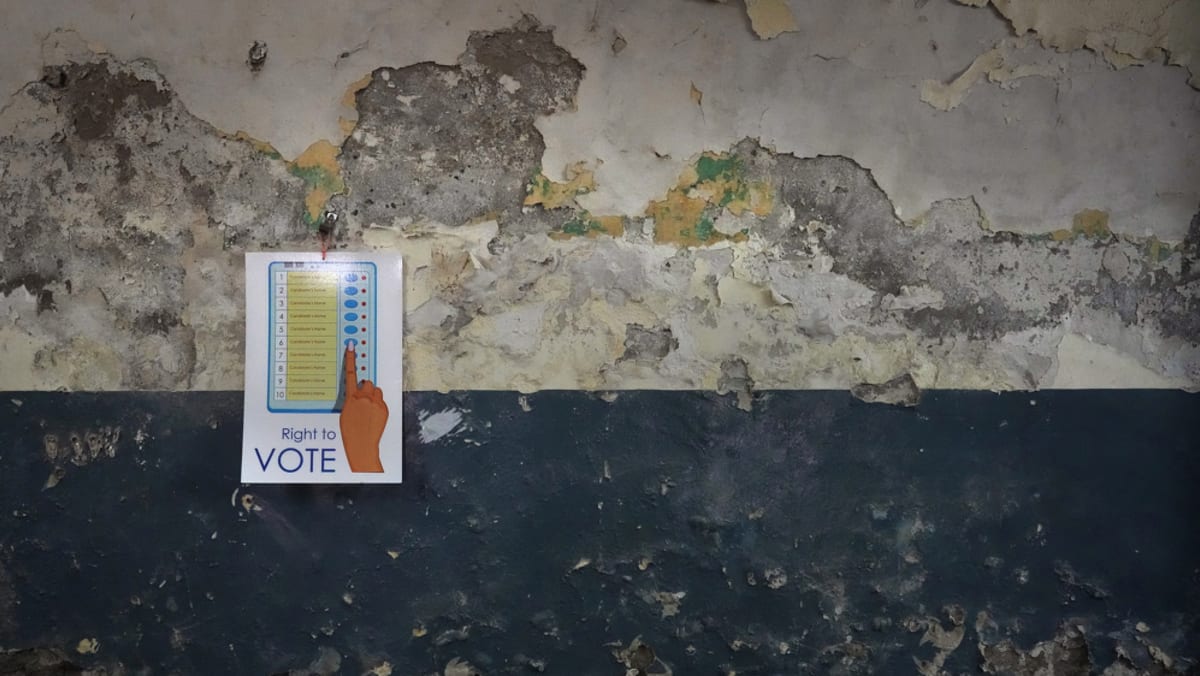SINGAPORE: Singapore will spend about S$150 million (US$110.6 million) on drainage upgrading projects in the 2025 financial year to strengthen the country's flood resilience amid increasing risks due to climate change.
There are now 19 ongoing drainage upgrading projects, with six more slated to commence in 2025, said Minister for Sustainability and the Environment Grace Fu in parliament on Tuesday (Feb 4).
She was responding to questions from Members of Parliament in the wake of two monsoon surges which brought about prolonged rain in Singapore last month. The first lasted four days from Jan 10 to Jan 13, while the second went on for three days from Jan 17 to Jan 19.
More than 255mm of rainfall was recorded at Changi during the first spell, above Singapore's average monthly rainfall of 222.4mm in January.
Ms Fu said there was one incident of flooding over the two surges, occurring along a stretch of Jalan Seaview in Mountbatten.
Flooding on the road was about 0.3m and lasted about three hours, causing a house next to the road to experience flooding within its car porch.
Ms Fu said this was the only stretch of road along Jalan Seaview that experienced flooding.
“While PUB had upgraded the roadside drains at Jalan Seaview in 2014 to increase their drainage capacity, some areas in the vicinity of Jalan Seaview are still susceptible to flooding as the road levels are marginally above the high tide level,” the minister explained, referring to the national water agency.
“The longer-term plan is to reclaim and build Long Island which will protect the East Coast area, including Jalan Seaview from rising sea levels and tidal floods,” she added.
PUB'S APPROACH
Climate change will bring about more instances of unpredictable rainfall, increasing flood risks in Singapore, said Ms Fu.
PUB has thus taken a “multi-pronged approach” to enhance Singapore's flood resilience.
Since 2011, the government has spent about S$2.5 billion to upgrade Singapore’s drainage infrastructure.
“We have successfully reduced flood prone areas from approximately 3,200ha in the 1970s to less than 25ha today,” Ms Fu said, adding that the government is currently reviewing the drainage infrastructure plan for the next review cycle of 2026 to 2030.
However, she emphasised it was “neither practical nor prudent” to keep building more drains or expanding drainage infrastructure.
“Doing so would require significant land and financial resources, which would then not be available for other important uses,” said Ms Fu. "To put things into perspective, flooding in Singapore is localised and typically subsides within an hour."
She said it would be more effective to build up Singapore's flood resilience at a "systems" level, giving building owners, developers and the wider community a part to play alongside the government.
For instance, PUB's code of practice on surface water drainage provides requirements for minimum platform and crest levels for buildings, and flood protection measures that building owners and developers must implement to protect their premises.
In November 2024, amendments to the Sewerage and Drainage Act were also passed to ensure that owners and developers continue to operate and maintain the flood protection measures in their premises properly after implementation.
Responding to a supplementary question from MP Desmond Choo (PAP-Tampines) on whether the government expects to invest more as flood occurrences pick up, Ms Fu said it was not always “financially wise” to prepare for such extreme events.
“That will mean dedicating a lot of land, a lot of financial resources to protect us for those events that may not occur so regularly, or in places where it doesn't occur regularly,” she added.
"So it is still the same message that while (the) government will look at improving our infrastructure, we need community, we need businesses ... to also undertake protection measures to protect themselves, protect their properties and protect their family."
MP Saktiandi Supaat (PAP-Bishan-Toa Payoh) also asked if residents and businesses affected by floods could receive financial or logistical support.
Ms Fu said the government expects developers to plan for infrastructure and protection measures in their budgets, which would then be reflected in land price and development costs.
"Over the years, actually, we have been reducing the flood-prone areas significantly ... In the most recent monsoon surges, we only had one significant reported flood incident," she said.
"So as and when they are needed, we will offer more help, and we will keep very close contact with the public; with businesses."


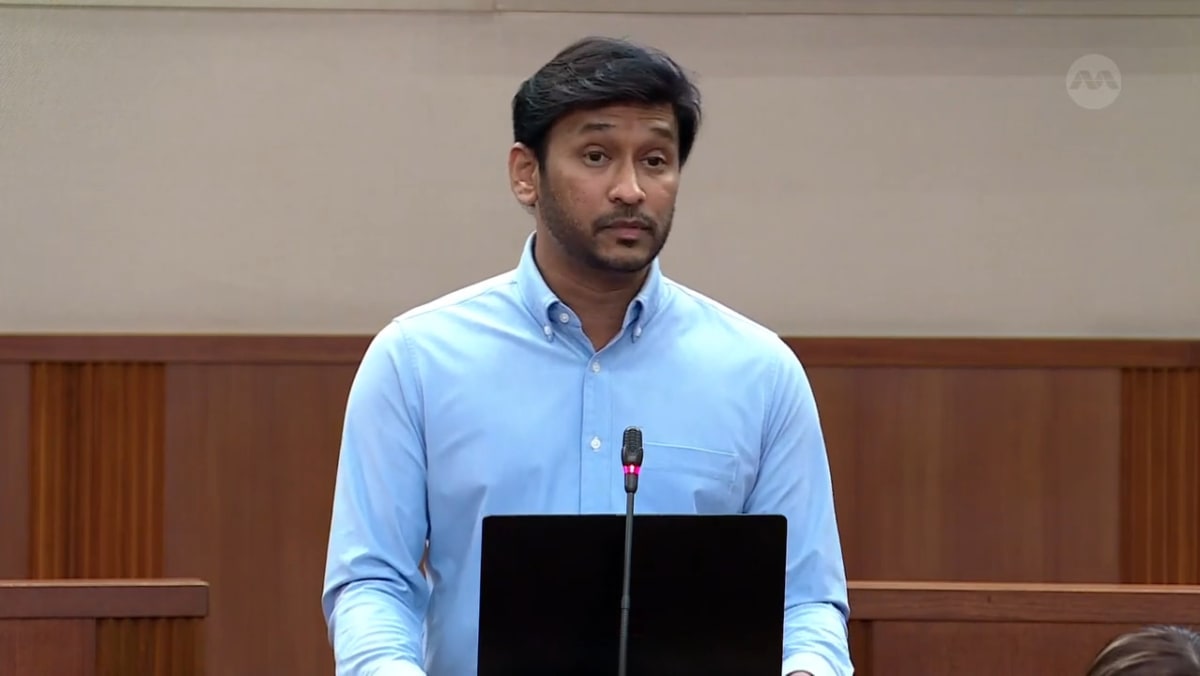




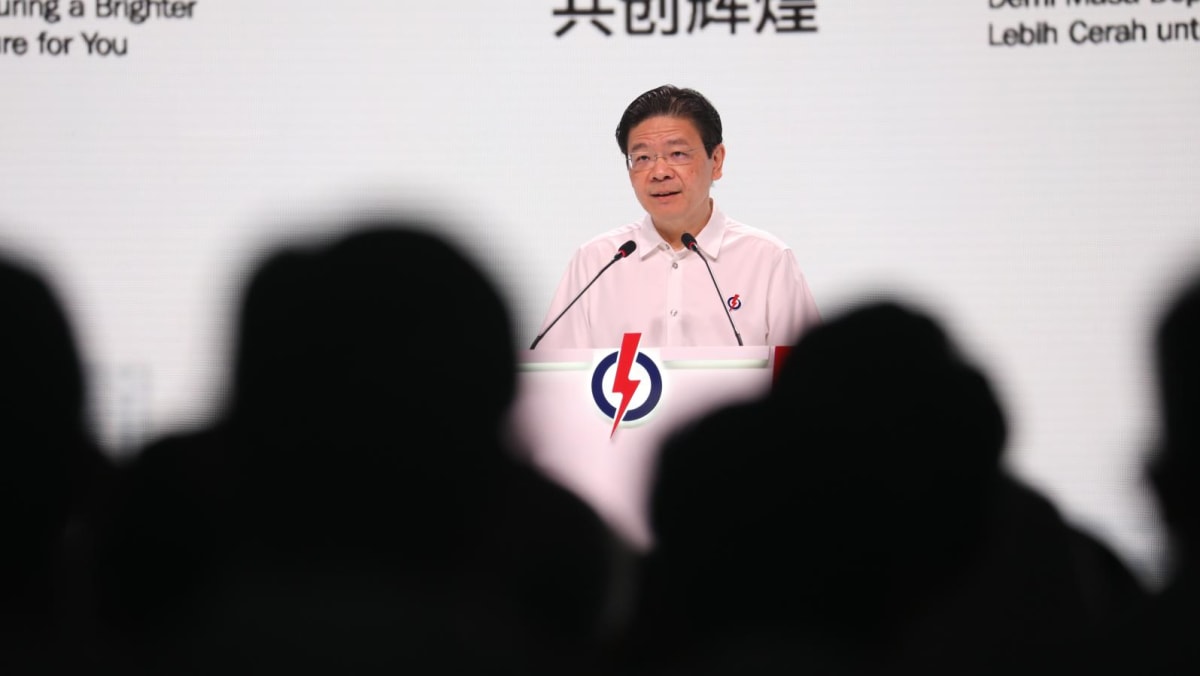
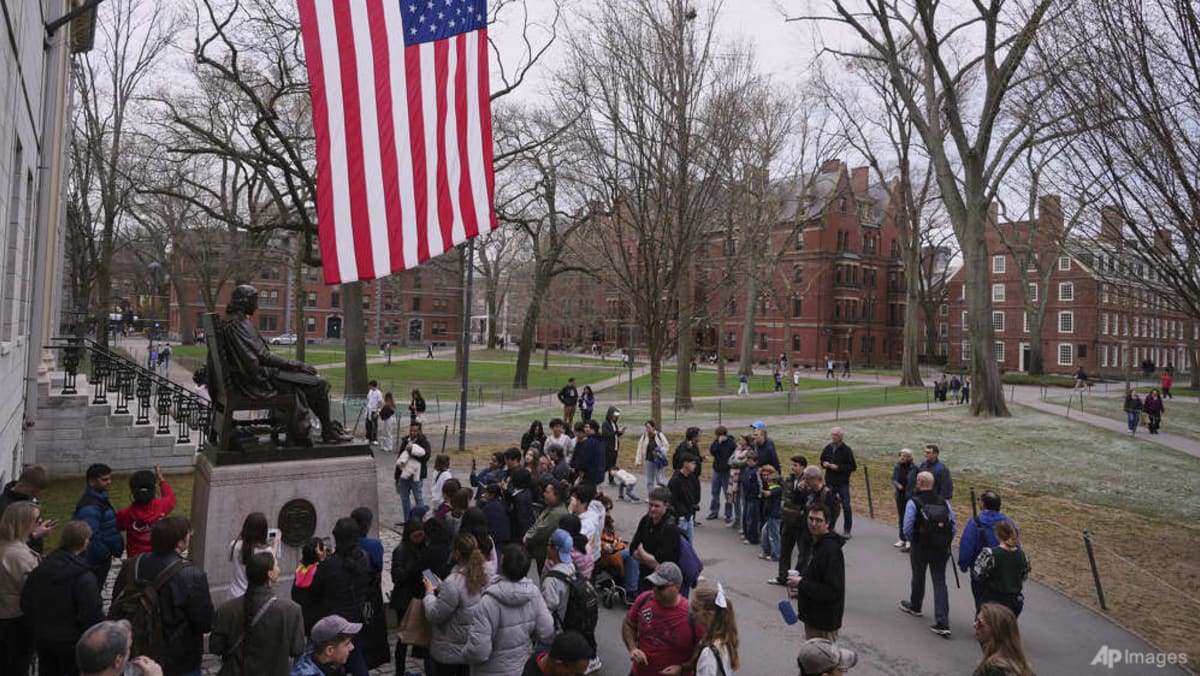



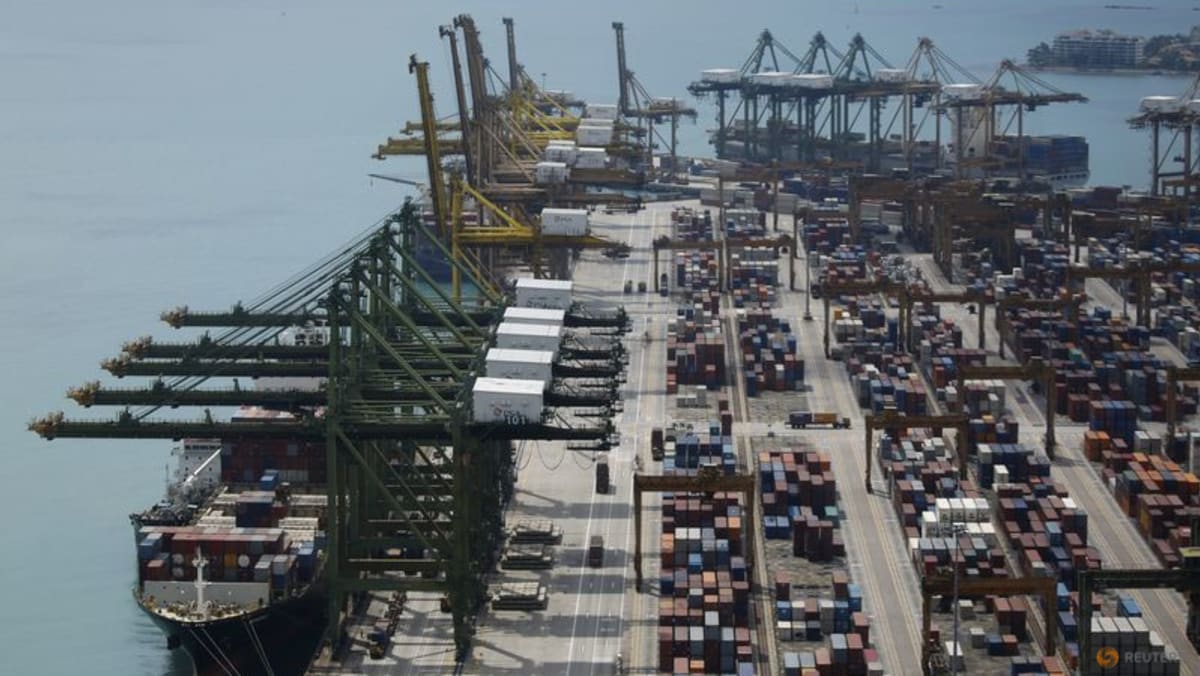
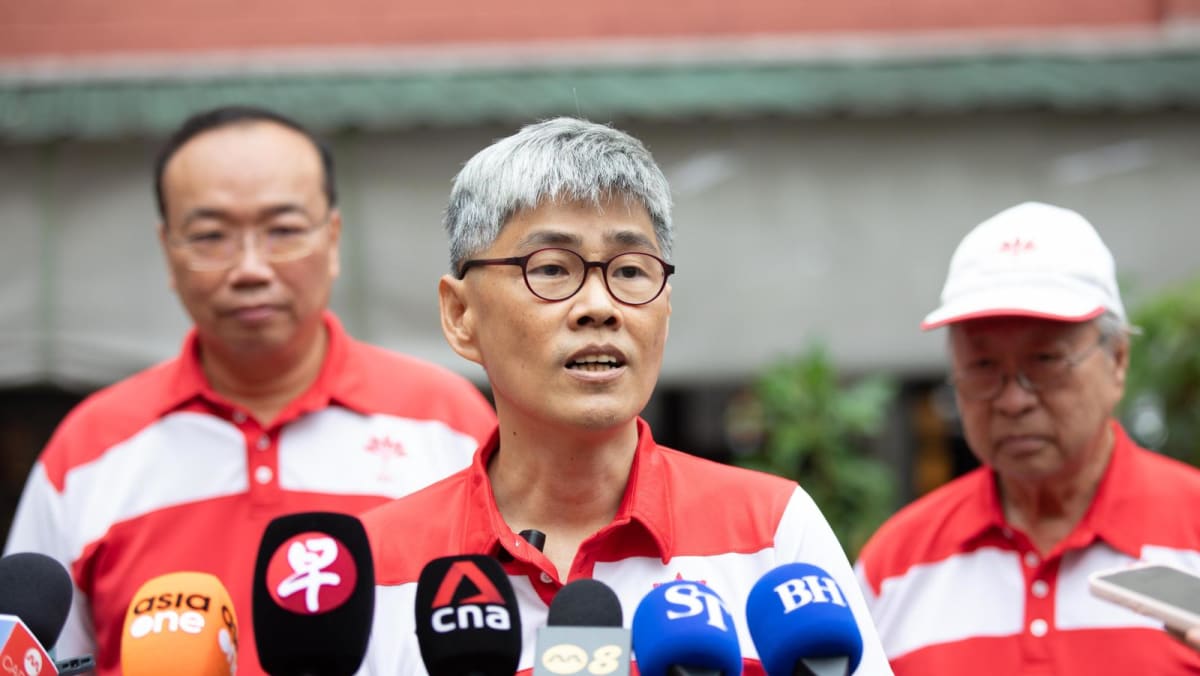
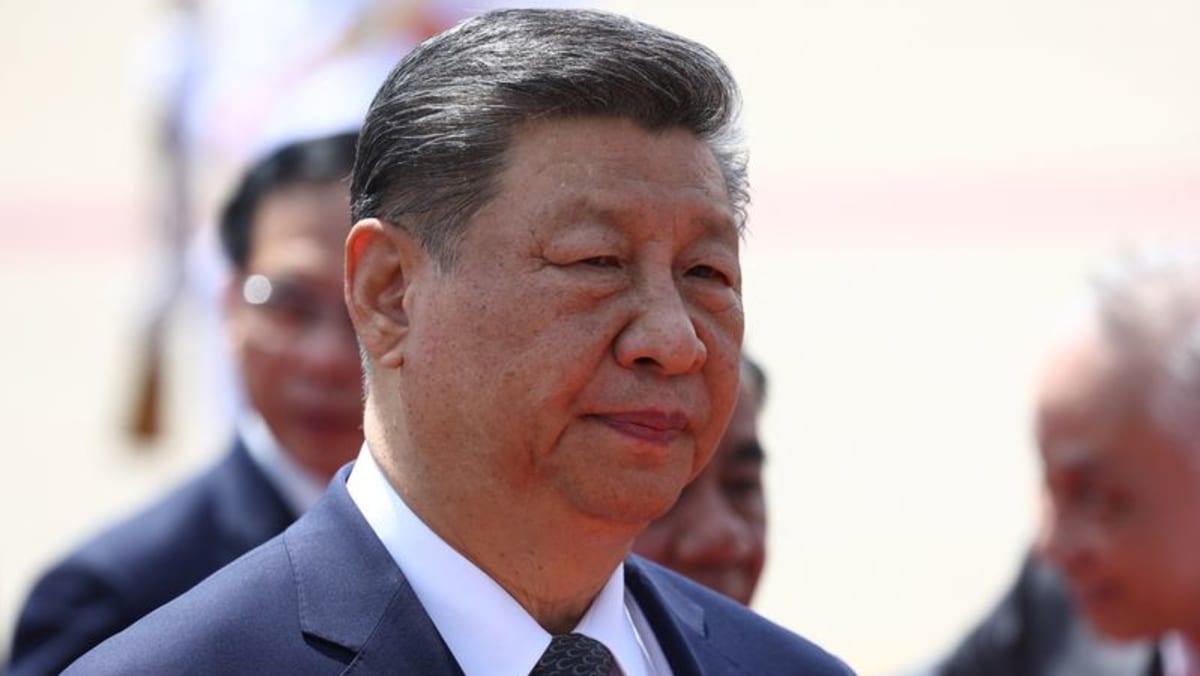
.png?itok=erLSagvf)
